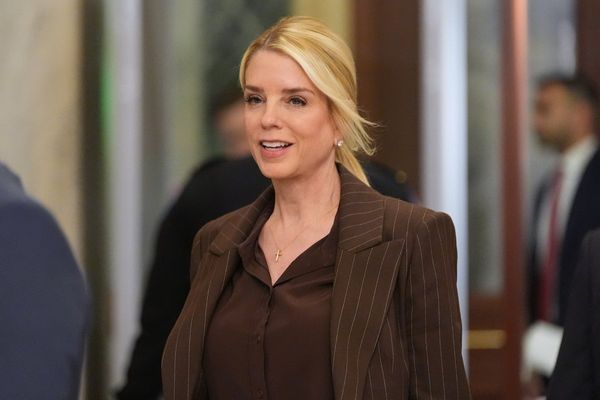The Coalition's proposal to allow JobSeeker recipients to work more hours without it impacting their JobSeeker payment may not lead to many recipients working more, new research suggests.
Opposition Leader Peter Dutton has said instead of lifting the base rate of JobSeeker by $40 per fortnight, the Albanese government should make it easier for JobSeeker recipients to work more without being financially penalised.
JobSeeker recipients currently have their payments reduced if they or their partner earn more than $150 a fortnight.
"We think the better approach is to allow people on the JobSeeker payment to work say, five or 10 hours a fortnight," Mr Dutton said last week.
"It would give them a lot of extra money in their pocket compared to the $40 that the government is offering."
But new research from the e61 Institute suggests that proposal will not necessarily see JobSeeker recipients working more.
Taxpayer behaviour and incentives
Matt Nolan, a research manager at the e61 Institute, says JobSeeker recipients can earn up to $150 per fortnight, but their JobSeeker payment is then reduced by 50 cents for every additional dollar of income they earn above that threshold.
It means they face an "effective marginal tax rate" of 50 per cent on income earned above the threshold, he said.
But if that $150 income free threshold was raised to a higher level would it see more JobSeeker recipients working a few extra hours a week, as Mr Dutton hopes?
Mr Nolan said not necessarily.
In a small research note, Mr Nolan says when you look at the distribution of taxpayers around income thresholds, you'll often see individuals "bunching" near the income where the higher tax rate starts.
See the graph below.
He said high income earners clearly "bunch" around the top tax threshold.
That is, if you earn more than $180,000 a year, every dollar you earn over $180,000 will be taxed at the top marginal tax rate of 45 cents, so a significant number of taxpayers manage to reduce their annual taxable income to sit around $180,000, which leads to that "bunching" of taxpayers you see in the graph.
Mr Nolan said if you see that type of "bunching," then tax rates obviously do matter for peoples' choices about how much to work.
But does that bunching occur for JobSeeker recipients?
He said when looking at the distribution of JobSeeker payment recipients, there was no clear bunching around the $150 per fortnight (ie $75 a week) threshold.
See the graphic below.
He said JobSeeker recipients were not obviously reducing their taxable income in response to the sudden 50 per cent marginal tax rate that kicks in at the threshold.
However, he said that did not imply that JobSeeker recipients were inattentive to the high tax rate they faced at the threshold either.
He said the mutual obligations system, or inflexible offers from employers, may be driving their non-bunching behaviour — especially because mutual obligations have become more widespread in recent years.
He said mutual obligations required JobSeeker recipients to take up job offers they receive or risk losing the payment entirely.
"This, combined with minimum wages, gives employers sufficient power to set hours of work without consideration of the tax paid by employees," he said.
Mr Nolan said if JobSeeker recipients' work decisions were genuinely unresponsive to the high marginal tax rate, then targeting "may be effective" at reducing fiscal costs without distorting labour supply behaviour.
But if the mutual obligations system or employer behaviour were driving this result, "the income support system may still be distorting labour market choices, forcing people into dead-end work that doesn't match their skills or career prospects," he said.
"Currently, a single Australian working part-time on the minimum wage at a department store will pay a higher effective tax rate (including both tax and the loss of benefit income) than someone earning in the low six figures at a large investment bank," Mr Nolan said.
"If we don't believe this is right, then increasing the income free threshold will go some way to address that.
"However, it won't increase support to those unable or unwilling to find work and our research indicates it won't change how much those that are employed are able and willing to work."
Last week, Australian Council of Social Service CEO Cassandra Goldie said lifting the JobSeeker rate for all recipients was the absolute priority for social policy experts.
"People who receive the woefully low JobSeeker and other income support payments, including people who are studying, younger people, people who are caring, single parents, people who have an illness or disability and older people [are] all facing financial destitution," she said.
"The Economic Inclusion Advisory Committee found that JobSeeker is so low, it acts as a serious barrier to people getting paid work.
"This won't change unless payments are substantially increased."
Department of Social Services figures from last year showed more than 350,000 people on unemployment payments were unable to work full-time due to illness or disability. That included people with cancer, respiratory illnesses, musculoskeletal conditions and psychological or psychiatric conditions.
That cohort, about 43 per cent of JobSeeker recipients, had a "partial capacity to work" 15 to 30 hours a week.







